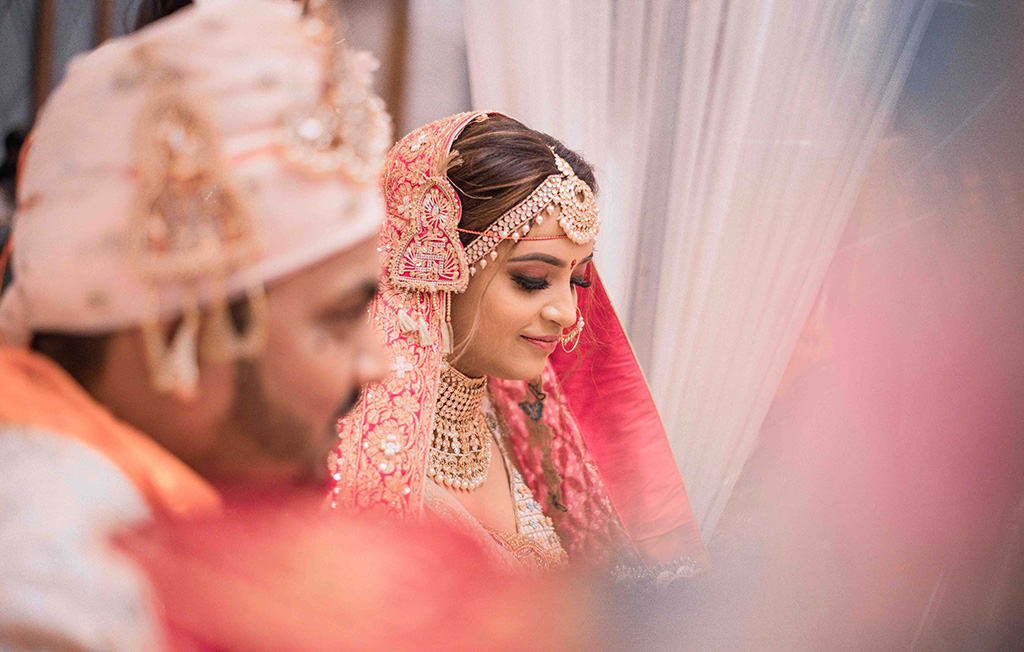Introduction
wedding photography is an art that captures the most intimate, beautiful, and fleeting moments of a couple’s special day. It is a craft that intertwines the essence of time and movement, two powerful elements that, when used effectively, can transform a wedding album from a collection of photographs into a timeless visual narrative. Wedding photographers, in their pursuit of creating lasting memories, must possess not only technical expertise but also a deep understanding of how to manipulate these elements to convey emotion, atmosphere, and story.
Time, in wedding photography represents both the literal passage of moments and the creative use of timing to capture key emotional instances. Movement refers to both the physical motions of people, as well as the dynamic flow of energy and emotions that occur during a wedding celebration. Together, these elements become the pillars on which exceptional wedding photography is built.
This essay will explore how time and movement play integral roles in wedding photography their significance, and how photographers harness these aspects to create meaningful, emotional images.
1.Time: The Essence of a Wedding Day
The concept of time in wedding photography is multifaceted. Weddings are a series of events that happen at specific intervals. From the bride’s preparations to the last dance at the reception, there is a predictable flow of moments that occur throughout the day. However, within this framework of time, wedding photographers must operate in real-time, responding to the unfolding events while maintaining a keen sense of when and where to press the shutter to capture something meaningful.
Capturing the Right Moment
In the context of wedding photography, the most crucial aspect of time is understanding when to capture the fleeting moments. Some moments are planned, like the first look or the exchange of vows, while others are spontaneous and emerge unexpectedly, such as a candid smile, a tearful glance, or the joy of the couple’s first dance. These moments cannot be recreated, and their significance lies in their impermanence. The photographer must anticipate these moments, be present, and be ready to capture them as they occur.
The First Look is one of the most anticipated moments of the wedding day. It is a private, intimate moment where the bride and groom see each other for the first time in their wedding attire. The photographer’s role here is to not only capture the visual beauty of the moment but also to frame the emotional intensity of the first glance. The timing here is critical, as any delay could diminish the authenticity of the reaction.
In contrast, the Exchange of Vows is another planned moment where the passage of time is pivotal. This moment happens in real-time, but it is also a deep reflection on the past and the future. The photographer must focus not only on the couple’s faces but also on the guests’ reactions, the lighting, and the ambiance. The challenge lies in freezing a moment that is filled with anticipation and promises while still allowing the photographer to capture the mood of the surroundings.
The key to capturing such moments lies in the wedding photography understanding of timing, which involves both intuition and experience. By anticipating emotional shifts in the day’s events and knowing when a particular moment will hold emotional weight, the photographer is better equipped to preserve the most significant aspects of the wedding.
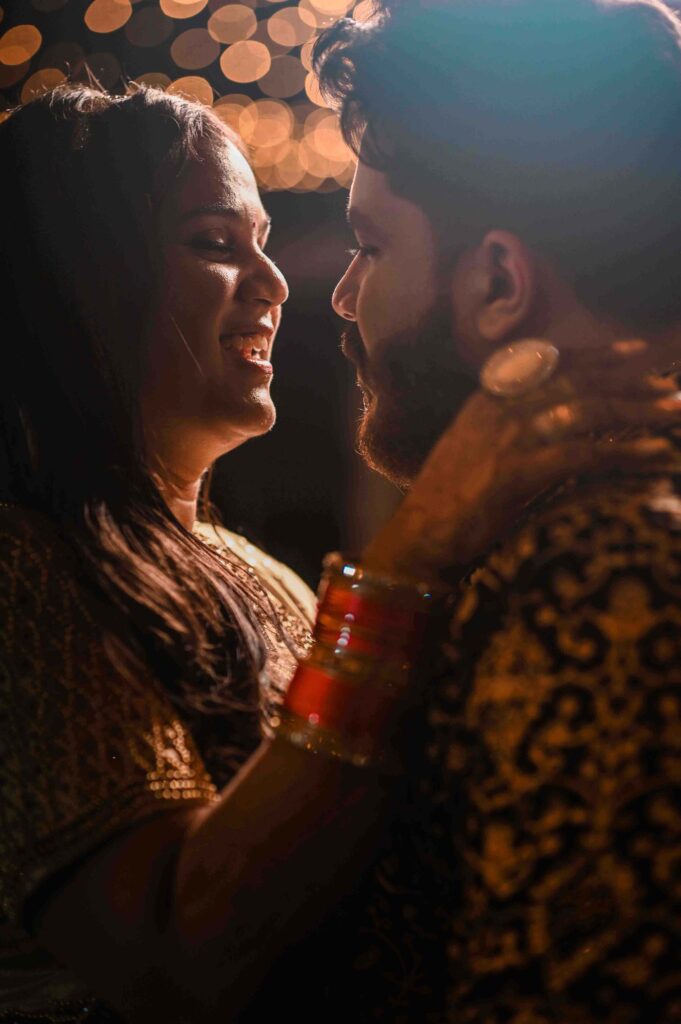
The Time of Day and Lighting
The time of day also significantly impacts the wedding photography ability to capture stunning images. Different times during the day provide different types of natural lighting, and each has its advantages. Golden hour, the period shortly before sunset, provides a soft, warm glow that is often favored for romantic portraits. The blue hour, just after sunset, offers a cooler tone and is ideal for more dramatic or atmospheric shots.
Photographers must plan their shots around these times to make the most of natural light. For example, many wedding photography plan portrait sessions during golden hour to ensure that the couple’s portraits are bathed in flattering light that evokes a sense of warmth and intimacy. Likewise, nighttime receptions pose challenges for photographers, but they also provide opportunities for creative lighting techniques, such as using flash, ambient lighting, or long exposure shots to convey the energy of the celebration.
2.Movement: Energy, Emotion, and Flow
While time is a constant element in wedding photography, movement is more dynamic and often unpredictable. Weddings are events filled with motion, from the bride walking down the aisle to guests dancing at the reception. Capturing movement in wedding photography requires skillful use of techniques such as shutter speed, framing, and anticipation.
Candid Moments and Emotions in Motion
Movement in wedding photography is not limited to physical motion; it also encapsulates the emotional energy that moves throughout the day. Whether it’s the nervous excitement before the ceremony, the joy of the couple’s first dance, or the tender moments shared between family members, movement is crucial in reflecting the emotional flow of the day.
The walk down the aisle is one of the most iconic movements in a wedding. It is often accompanied by heightened emotions, from the bride’s nervous anticipation to the groom’s awestruck expression. Photographers must capture this motion without disrupting the flow. This moment represents both physical movement and emotional weight, and the photographer must ensure that both are conveyed effectively. The pacing of the walk, the way the bride holds her bouquet, the expressions of the groom and the guests, and the lighting all play into the composition of the image.
The First Dance is another crucial moment that involves a combination of motion and emotion. The couple’s movements are intimate, but their emotions—love, joy, and excitement—are what drive the story of the dance. Photographers must decide whether to use fast or slow shutter speeds, depending on the type of movement they want to capture. A slow shutter speed can create a sense of fluidity and elegance, while a faster shutter speed might be more appropriate for capturing sharp, emotional expressions during energetic moments.
Capturing spontaneous moments also involves responding quickly to movement, whether it’s the laughter of a guest, a child running across the dance floor, or the bride interacting with her loved ones. These moments of motion are often the ones that tell the most compelling stories, as they capture the vibrancy and energy of the celebration.
Techniques for Capturing Movement
Photographers use several techniques to capture movement in wedding photography, each of which contributes to the visual impact of the image.
- Panning: By using a slower shutter speed and following the movement of the subject, photographers can create a sense of motion while keeping the subject relatively sharp and the background blurred. This technique is especially useful for capturing dancing or a fast-paced entrance.
- Long Exposure: Long exposure photography can be used to create a dynamic sense of motion. For example, during the reception, photographers might use long exposure to capture the swirling movements of dancers, creating a sense of energy and excitement.
- Freeze Frame: On the other hand, using a fast shutter speed allows photographers to freeze the action. This technique is particularly effective for moments where the subject’s emotions or expressions are crucial, such as the couple’s first kiss or a particularly joyful moment during the ceremony.
- Camera Angles and Composition: The angle from which a photograph is taken can also affect the perception of movement. Low-angle shots can enhance the sense of grandeur and elevate the subject, while high-angle shots can create a sense of intimacy and vulnerability. By adjusting the angle and position, photographers can use movement to evoke different emotions and moods.
3.Integrating Time and Movement: Creating a Narrative
The ultimate goal of wedding photography is to create a cohesive story that encapsulates the emotions, the passage of time, and the movement of the day. The most successful wedding albums are those that feel like a narrative, where each image builds upon the last to convey the full spectrum of emotions and experiences.
By combining the elements of time and movement, wedding photography can create a visual timeline that flows seamlessly from the beginning of the day to the end. For example, the opening images might focus on the quiet, intimate moments of preparation, followed by the anticipation of the ceremony. The reception images, filled with movement, energy, and joy, provide a dynamic contrast, while the final images of the night might capture a more serene, romantic atmosphere.
A skilled wedding photography uses both time and movement to highlight key moments and transitions, creating a visual progression that mirrors the emotional journey of the couple. By strategically capturing these elements, the photographer not only preserves memories but also enhances the emotional impact of the wedding day.
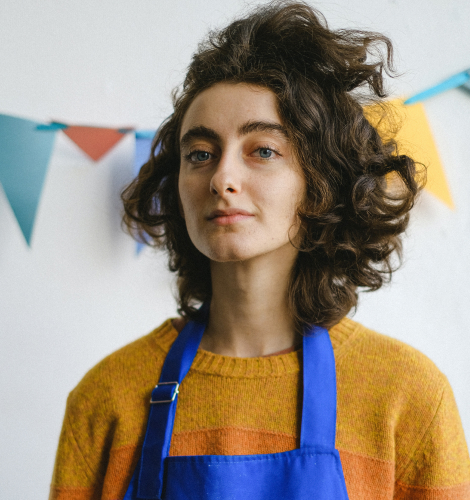
Conclusion
Time and movement are two of the most valuable aspects of wedding photography Understanding how to use time to capture the right moments and how to harness movement to convey emotion and energy is essential for creating memorable, impactful images. wedding photography must possess a deep understanding of these elements and be able to anticipate and react to the events unfolding in front of them. By combining these elements with technical expertise and artistic vision, photographers can tell a compelling and emotional story that will last a lifetime.
